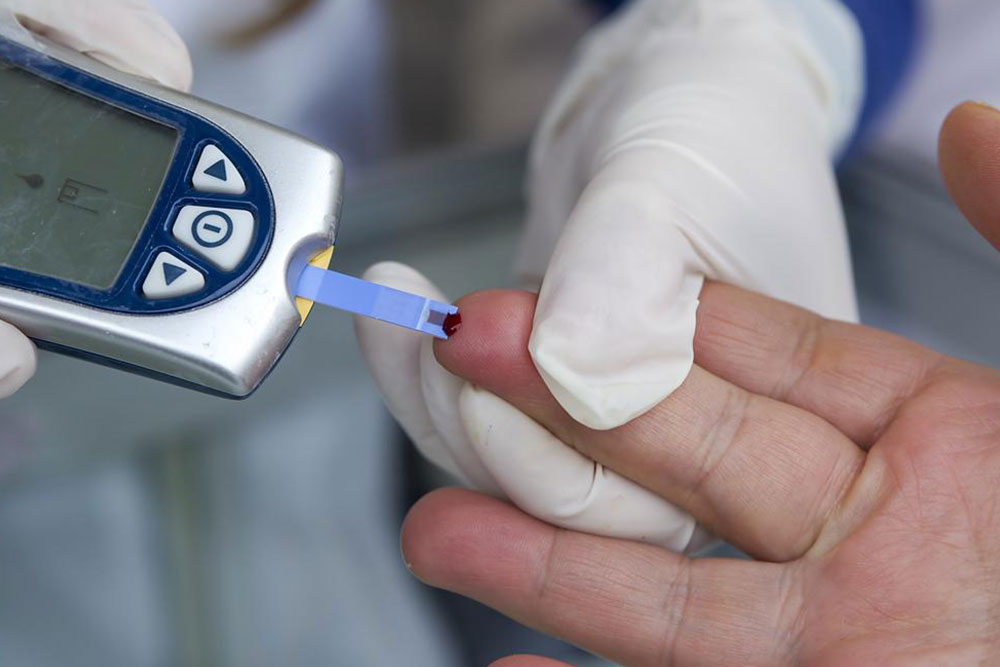Comprehensive Guide to Understanding Diabetes
This comprehensive guide offers essential insights into diabetes, including types, symptoms, blood sugar management, and global prevalence. It aims to enhance understanding and promote better disease management strategies for affected individuals.

Comprehensive Guide to Understanding Diabetes
Diabetes is a metabolic disorder resulting from issues in how your body processes sugar. Known medically as Diabetes mellitus, it stems from problems with insulin, a hormone produced by the pancreas that helps convert glucose into energy. When insulin production is insufficient or cells become resistant, glucose builds up in the bloodstream, causing health complications over time. Maintaining proper blood sugar levels is crucial, and understanding the types and symptoms of diabetes can aid in effective management.
Blood glucose levels, derived from carbohydrates, are essential for energy. Without adequate insulin, glucose remains in the blood, leading to elevated blood sugar levels, characteristic of diabetes. Monitoring these levels helps manage the condition efficiently.
There are three main types of diabetes:
Type 1 Diabetes occurs when the immune system destroys insulin-producing cells in the pancreas. Often diagnosed in children and young adults, it requires lifelong insulin injections and regular blood sugar monitoring. About 10% of diabetic cases fall into this category.
Type 2 Diabetes develops when the body becomes resistant to insulin, leading to inadequate glucose absorption. It tends to affect middle-aged and older adults and accounts for approximately 90% of cases globally. Managing diet and lifestyle is critical for control.
Gestational Diabetes impacts pregnant women, caused by the body's inability to meet increased insulin demands. Though blood sugar levels usually normalize post-delivery, it increases the risk of complications and future Type 2 diabetes for both mother and child.
Understanding Blood Sugar Levels involves recognizing how sugars like glucose function in the body. After eating, insulin helps move glucose into cells for energy. When insulin is lacking, glucose remains high in the blood, which can lead to diabetes. Symptoms such as hunger, frequent urination, dry mouth, and blurred vision are common early signs.
Almost 415 million people worldwide suffer from diabetes, with projections exceeding 640 million by 2040. Early detection and proper management can significantly improve quality of life.










